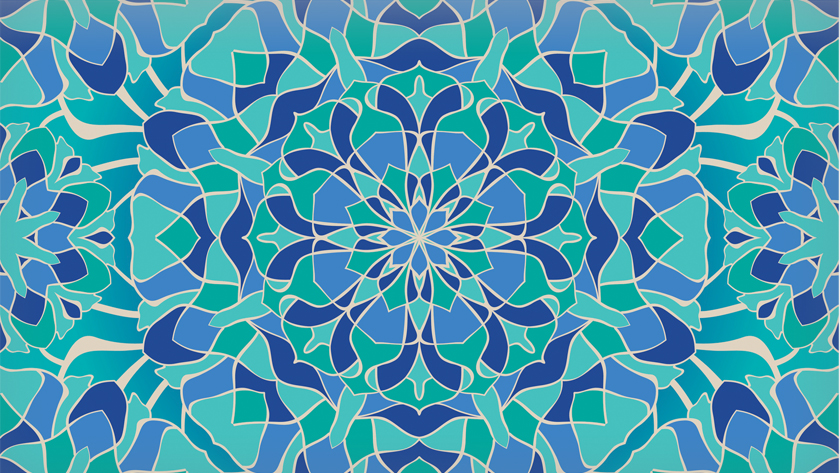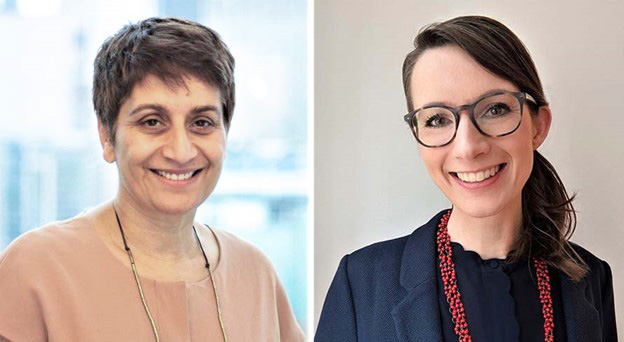
A recent study published in the journal Cell has revealed how different regions within pancreatic tumours affect how cancer cells behave. The work was led by Dr. Rama Khokha, a Senior Scientist at the Princess Margaret Cancer Centre.
The study sheds light on what is known as the tumour microenvironment, which encompasses normal cells, blood vessels and molecules surrounding a tumour. “We know that tumours are not uniform balls of cancer cells. Instead, cancer cells interact closely with other types of cells within a microenvironment. These local conditions affect how cells grow and respond to challenges. For example, tumour microenvironments can help cancer cells grow or even make them more resistant to treatment,” says Dr. Barbara Grünwald, a postdoctoral fellow in Dr. Khokha’s lab and first author of the study.
The research team focused on pancreatic ductal adenocarcinoma—an aggressive form of cancer with poor outcomes. Despite the large body of work in this area, the different types of microenvironments in pancreatic cancer have not been clearly defined and it is still not clear whether they help or hinder the survival of cancer cells.
To define the properties of the tumour microenvironment, the researchers systematically categorized the tissue appearance of the microenvironment and studied fibroblasts—the cells that form and maintain the tissue framework that other cells attach to. Based on fibroblast characteristics, they were able to identify three types of microenvironments: “deserted” regions with thin fibroblasts; “reactive” regions with plump fibroblasts and rich in immune cells; or “intermediate” regions with some features of the first two categories.
Each type of microenvironment supported tumours with different characteristics. For example, a reactive microenvironment had faster-growing tumour cells, while the deserted type had cells that could survive chemotherapy. Indeed, treating the cancer with chemotherapy led to an increase in the number of deserted microenvironment regions.
“Our study shows that tumour complexity is actually well-ordered. Within the discrete regions that we identified, cells build unique communities and self-organize into functional units,” Dr. Khokha concludes. “Given that these functional units have been linked to patient outcome, these findings could lay the foundation for identifying clinical markers of disease progression and therapeutic targets.”
This work was supported by the Canadian Institutes of Health Research, the Alexander von Humboldt Foundation, EMBO, the Ontario Institute for Cancer Research, the Wallace McCain Pancreatic Cancer Centre, the Terry Fox Research Institute, the Canadian Cancer Society, the Pancreatic Cancer Canada Foundation, the Deutsche Forschungsgemeinschaft, the German Federal Ministry of Education and Research, and The Princess Margaret Cancer Foundation. R Khokha holds a Tier 1 Canada Research Chair in Adult Tissue Stem Cell Niches.
Grünwald BT, Devisme A, Andrieux G, Vyas F, Aliar K, McCloskey CW, Macklin A, Jang GH, Denroche R, Romero JM, Bavi P, Bronsert P, Notta F, O'Kane G, Wilson J, Knox J, Tamblyn L, Udaskin M, Radulovich N, Fischer SE, Boerries M, Gallinger S, Kislinger T, Khokha R. Spatially confined sub-tumor microenvironments in pancreatic cancer. Cell. 2021 Oct 7. doi: 10.1016/j.cell.2021.09.022.

Drs. Rama Khokha (L) and Barbara Grünwald (R) led a team to investigate the microenvironment of pancreatic tumours.




